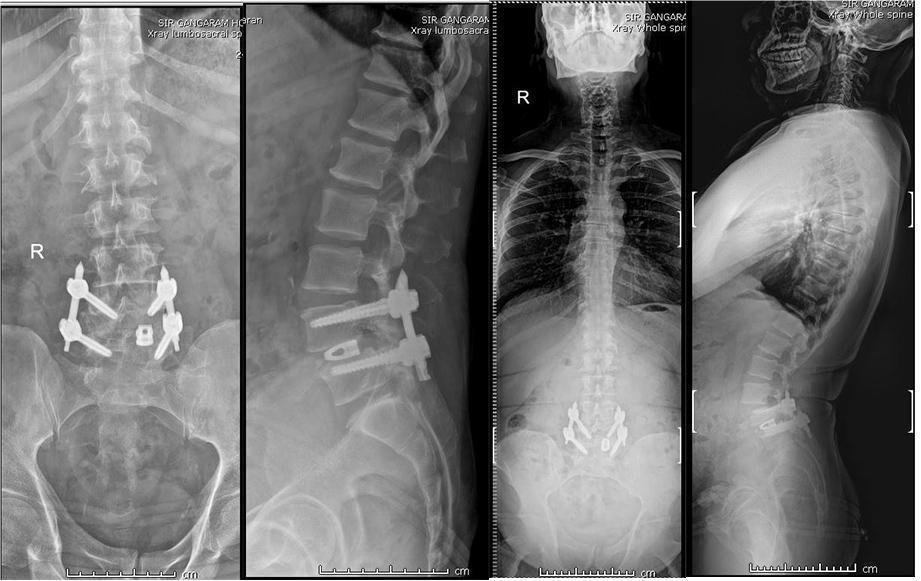
Patient Background
Mr. Kunal Mukhi, a 44-year-old resident of New Delhi, faced a sudden onset of intense lower back pain radiating down his right leg. The pain was severe and persistent, coupled with weakness in his right foot, leading to a condition commonly known as foot drop. Diagnostic evaluations revealed an L3-L4 disc prolapse, which was compressing the nerve root and causing radiculitis, or nerve inflammation, on the right side.
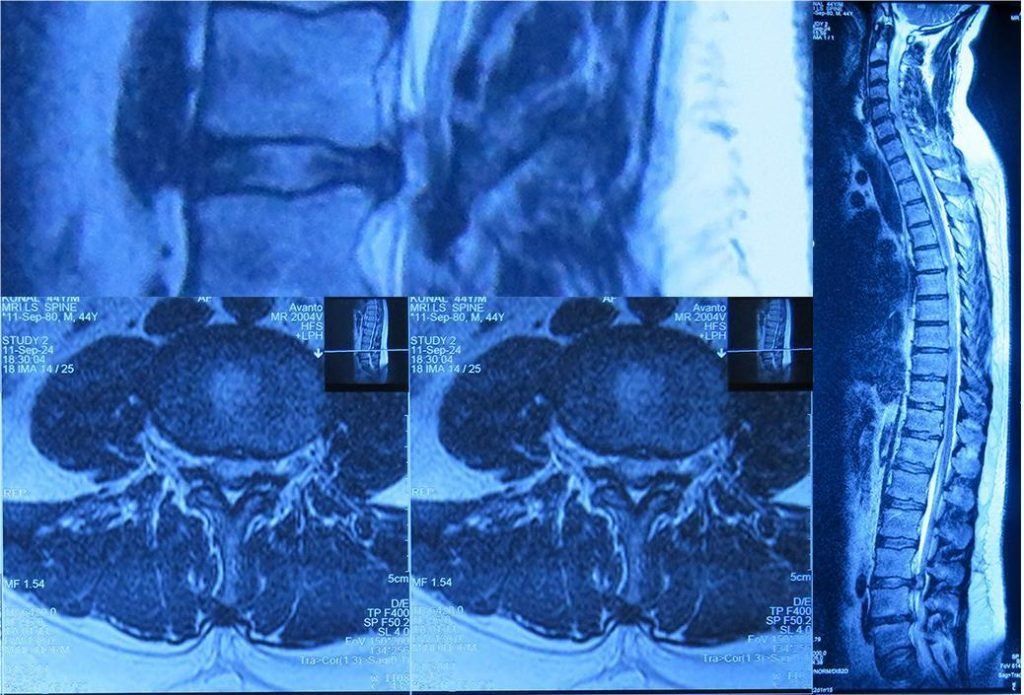
Challenges Presented
Mr. Mukhi’s condition was affecting not only his mobility but also his quality of life. With the foot drop significantly limiting his daily activities, he sought a comprehensive and effective treatment to relieve the pain, restore nerve function, and enable him to regain normal movement.
Treatment Plan and Procedure
After a thorough assessment of his case, we decided that an L3-L4 right-side microdiscectomy would offer the best chance for a full recovery. This minimally invasive surgical procedure involves removing the portion of the herniated disc pressing on the nerve, thus relieving the compression causing pain and weakness. On October 25, 2024, under general anesthesia, Mr. Mukhi underwent this carefully planned procedure.
Surgery Outcome and Recovery
The microdiscectomy was successful, with the compressed nerve freed from the pressure of the herniated disc material. Mr. Mukhi’s recovery was closely monitored, and within a short period, he experienced relief from the radiating pain and gradual improvement in his foot strength.
*Current Status
Today, Mr. Kunal Mukhi is back on his feet, engaging in normal daily activities and looking forward to a healthy, active life. The successful outcome of his surgery highlights the impact that specialized, minimally invasive spine surgery can have on patients with complex conditions like disc prolapse and nerve-related complications.
A Word from Dr. Shankar Acharya
“Mr. Mukhi’s journey is a testament to the advancements in spine surgery and the resilience of the human spirit. Each patient’s success story is a reminder of the importance of timely diagnosis, accurate treatment, and a collaborative approach to recovery. I’m honored to be part of such life-changing transformations.”
– Dr. Shankar Acharya
Patient Background
Mrs. Rajni Sharma, a 66-year-old woman, had been struggling with severe back and leg pain for years due to lumbar canal stenosis— a narrowing of the spinal canal that compresses the nerves. This condition led to neurogenic claudication, which caused pain and weakness in her legs, affecting her daily life and mobility. She found it difficult to stand, walk, or carry out routine activities without experiencing excruciating pain. Her condition impacted her quality of life significantly, making even short walks a painful challenge.
Diagnosis
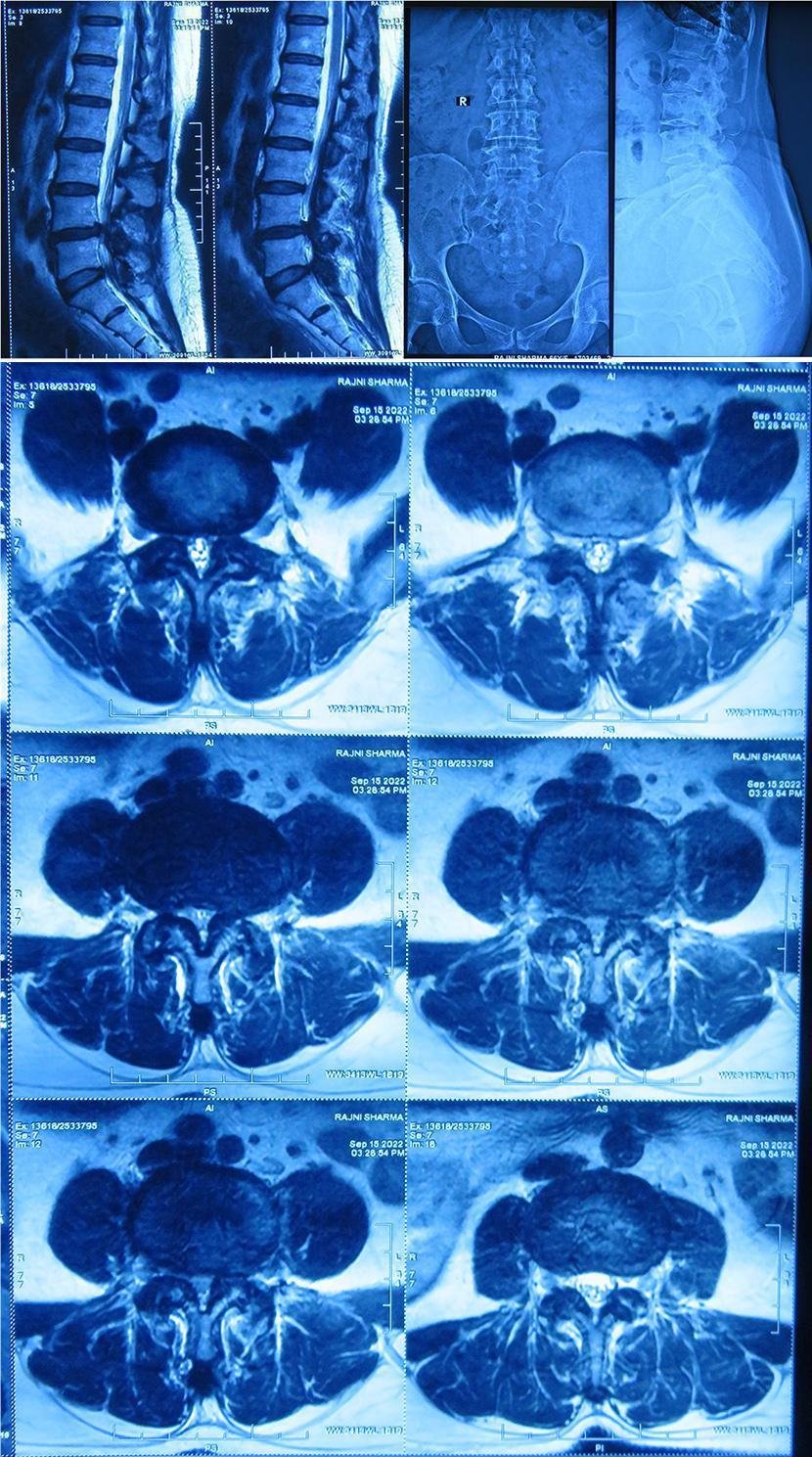
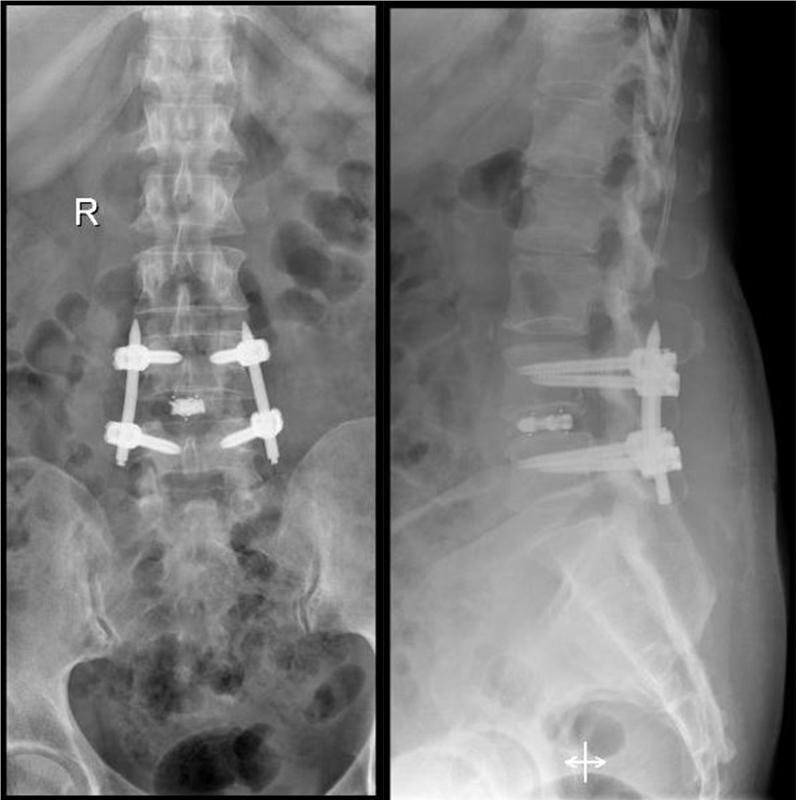
Outcome and Recovery
Mrs. Sharma’s surgery was a success, and she began to see positive results soon after. Within a few weeks of rehabilitation, she experienced a remarkable reduction in her pain and regained strength in her legs. She was able to walk, stand, and perform daily activities that had once seemed impossible. Her quality of life improved, and she could resume her normal activities without pain holding her back.
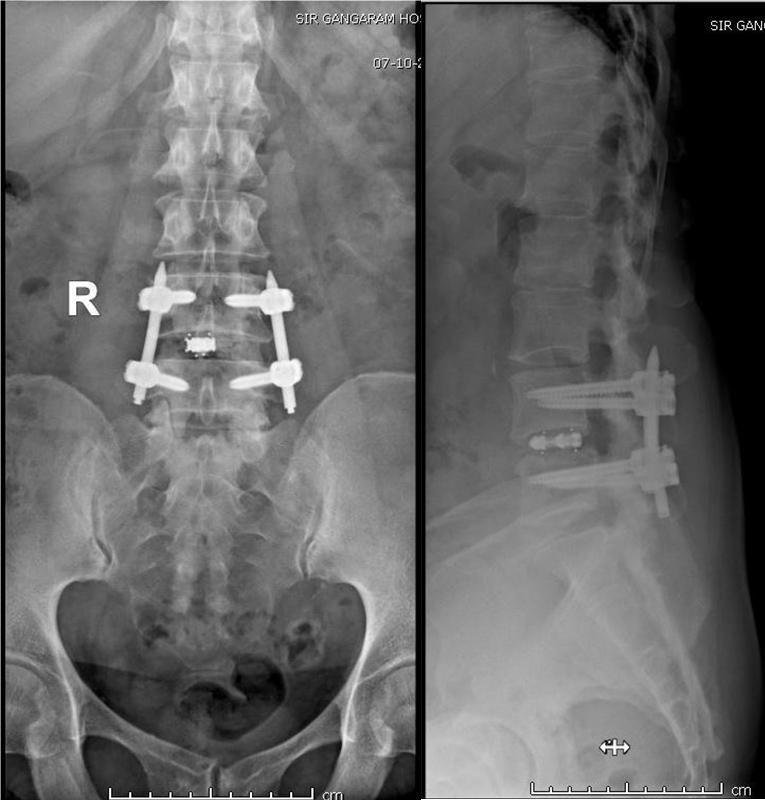
Dr. Acharya’s expertise and the cutting-edge surgical techniques used in Mrs. Sharma’s case highlight the possibilities of spinal care today. With minimally invasive procedures, even complex cases like lumbar canal stenosis can be managed effectively, ensuring faster recovery, less pain, and lasting relief.
Dr. Shankar Acharya and Minimally invasive Spin Surgery:
Dr. Acharya is committed to providing patients with advanced, minimally invasive spine care. His expertise in procedures like the mini open TLIF has transformed the lives of many, enabling them to regain independence and mobility without prolonged downtime or unnecessary complications.
If you or a loved one is struggling with back pain or other spinal issues, reach out to us at Sir Ganga Ram Hospital. Dr. Acharya and his team are here to help you on the journey to a pain-free life.
Mrs. Phool Pari was only 32 years old when she first came to Dr. Shankar Acharya at Sir Ganga Ram Hospital in New Delhi.She had been diagnosed with Pott’s Spine, a condition resulting from tuberculosis infection affecting the spine, specifically at her D9 vertebra. This condition had progressed to the point where she was experiencing paraparesis, which is partial paralysis, impacting her ability to move and affecting her quality of life.

In October 2014, Dr. Acharya and his skilled team performed a complex yet effective surgery on Mrs. Pari. Using a specialized approach, they accessedthe spine through the chest (A procedure called Anterior Transthoracic and Trans Pleural Left Debridement) to remove the infected tissue from vertebrae D8 to D10. They then stabilized her spine by inserting a fixation from D7 to D11 vertebrae using her own bone (a bone graft from her left iliac crest, part of the pelvis) to encourage healing and stability. The surgery was performed under general anesthesia and went smoothly. The process was designed not only to treat the infection but also to protect her spinal cord and restore function.
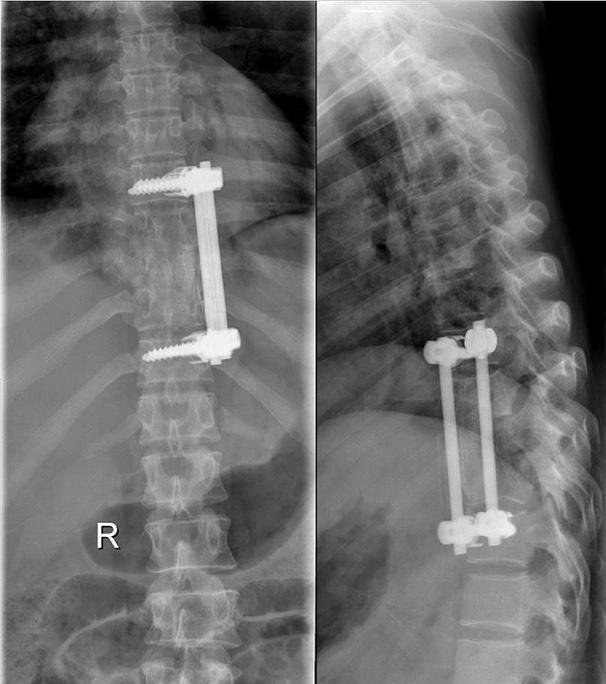
A Remarkable Recovery
After surgery, Mrs. Pari began her recovery journey, and within months, she started noticing major improvements. With physical therapy, regular followups, and guidance from Dr. Acharya’s team, she steadily regained her strength and mobility. Over the next few years, she returned to a life that she once feared she had lost.
10 Years Later: A Life Fully Restored
As of 2024, a full decade after her spine surgery, Mrs. Pari is healthy, active, and living a fulfilling life. Her story is a powerful example of how effective treatment and timely intervention can offer new hope to patients with complex spinal conditions. Dr. Acharya and his team continue to provide comprehensive, cutting-edge care to patients facing spinal challenges, empowering them to regain their health and independence.
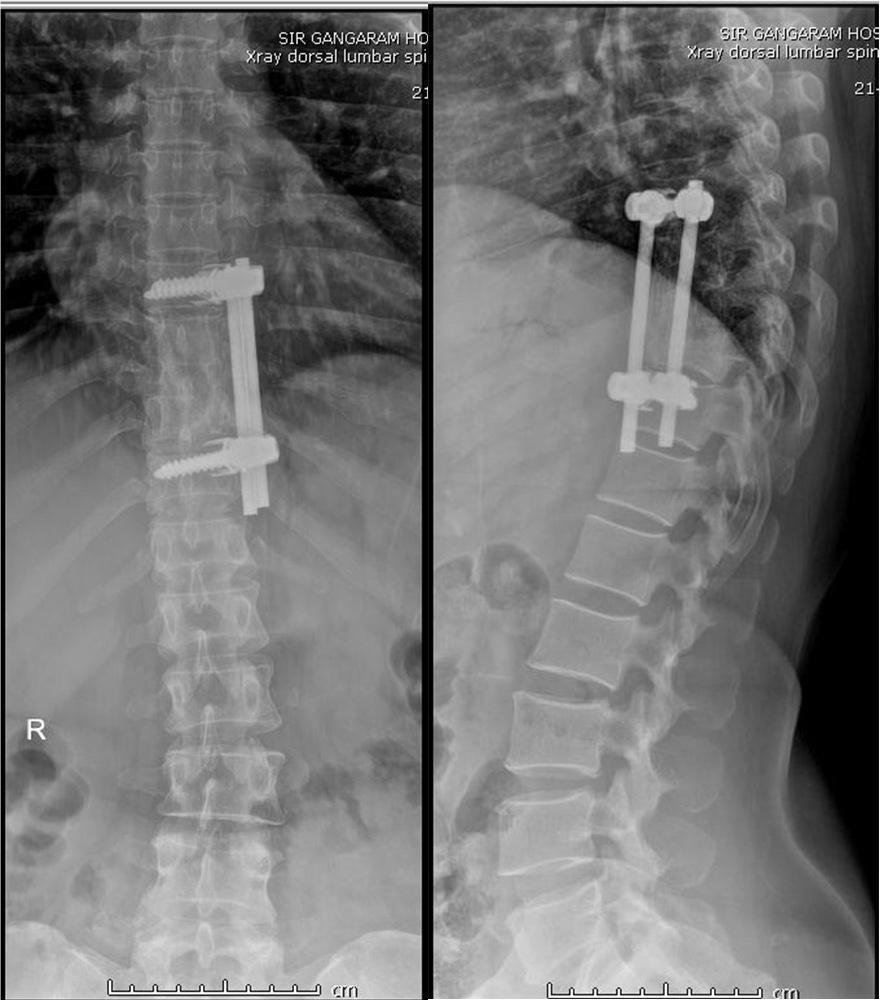
Overview of the Condition
Mr. Maharaj Devnarayan Sharan, a 69- year-old man, was facing significant health challenges due to a condition called Lumbar Canal Stenosis, which was affecting his lower back. This condition occurs when the space around the nerves in the spine narrows, putting pressure on the nerves and causing pain. Additionally, Mr. Sharan had Grade I Spondylolisthesis, where one vertebra in the spine had slipped slightly over another, and he was also suffering from Bilateral Neurogenic Claudication—pain, numbness, or weakness in the legs due to nerve compression. His symptoms were more severe on the left side than the right.
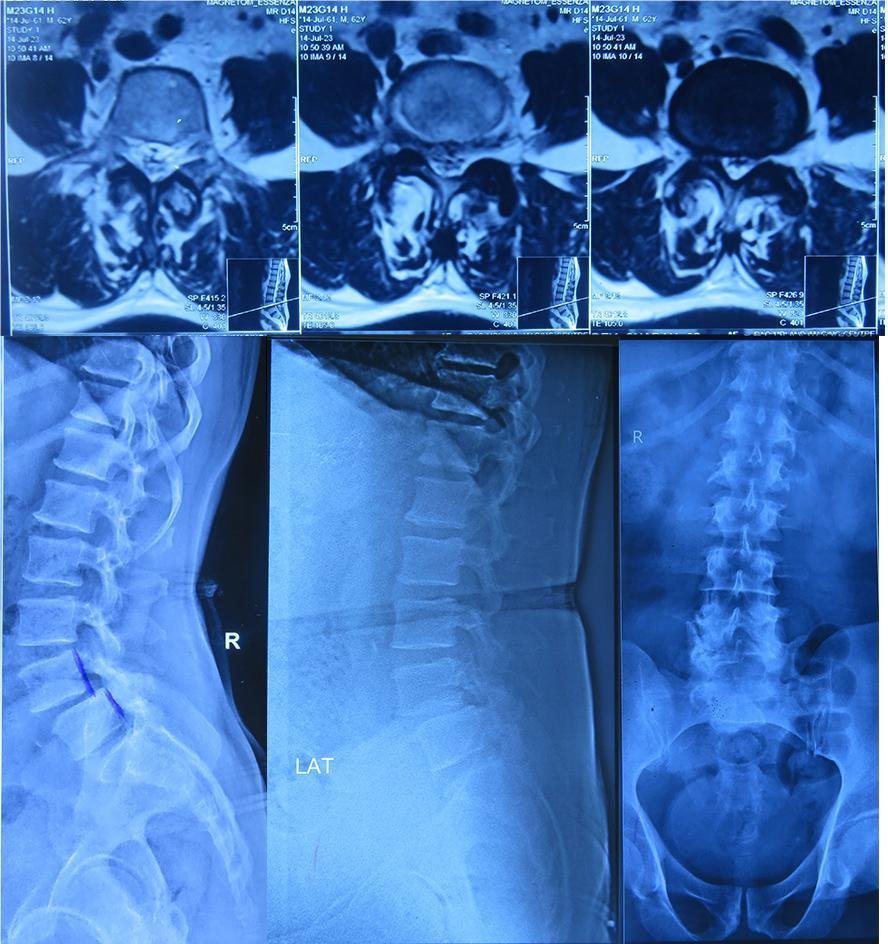
Treatment Approach
After carefully assessing his condition, Dr. Shankar Acharya recommended a surgical procedure called L4-L5 Left MIS (Minimally Invasive Surgery) Transforaminal Interbody Fusion with Cage and Local Bone Graft, along with Posterior Stabilization. This advanced surgery was performed using a minimally invasive approach, which means smaller incisions were made, leading to less pain and a faster recovery. The procedure was done in October 2023, and the results have been truly outstanding.
